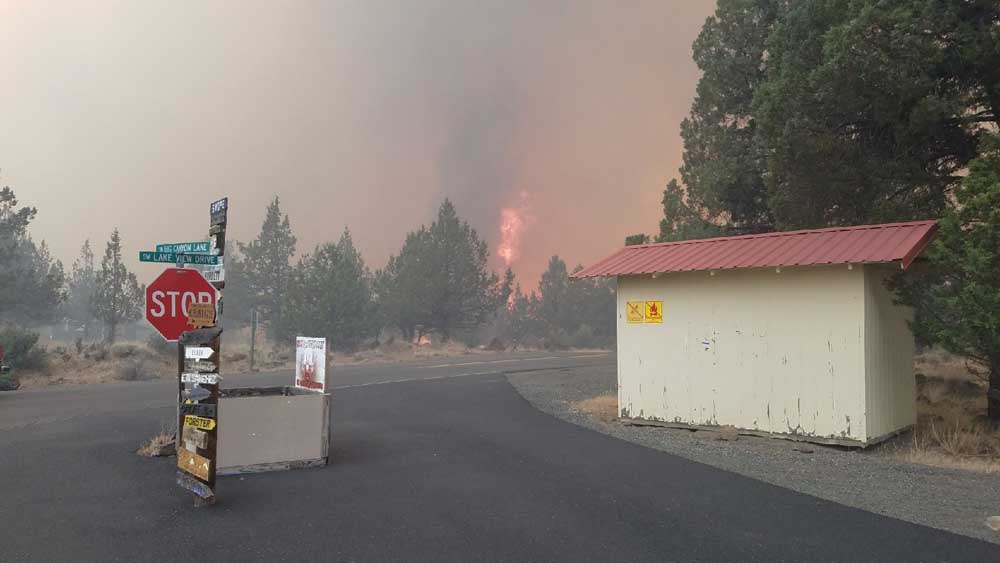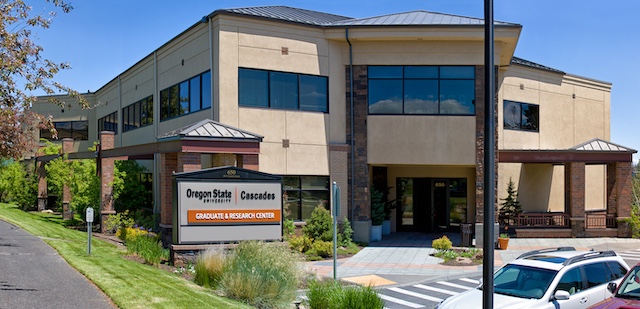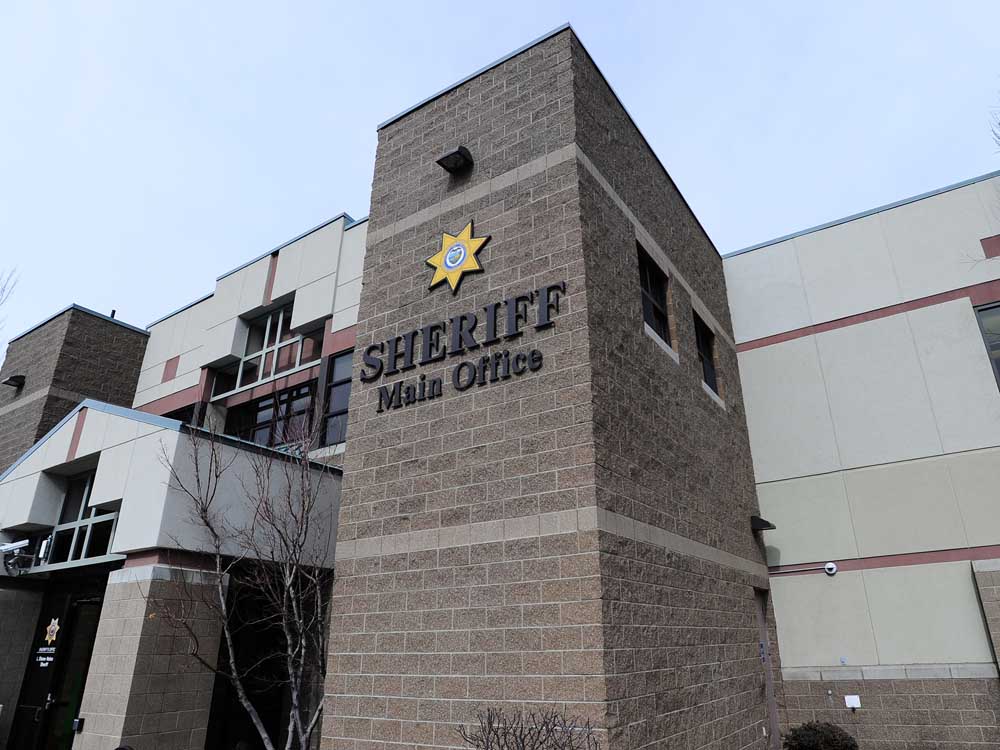Wildfires run rampant in unusually active June
Published 12:00 am Sunday, July 1, 2018

- The Graham Fire burning near Lake View Drive and Big Canyon Lane on June 21. (Jefferson County Sheriff's Office/Submitted photo)
June typically offers a reprieve before Central Oregon’s fire season begins, but a low snowpack and lots of lightning have ensured that this year is different.
As of Thursday, 151 wildfires had burned more than 120,000 acres in Central Oregon last month, more than the prior three Junes combined. The fires prompted an evacuation and advisories that are typically implemented later in the summer.
Trending
The heart of the region’s normal fire season is weeks away, but James Osborne, deputy fire staff for the Central Oregon Fire Management Service, confirmed that the recent spate of fires has required all of the region’s fire resources much earlier than usual.
Osborne said this pattern could become the new normal as summers get longer, hotter and drier.
“What we’re seeing is that those fires are getting bigger, they’re moving faster and they’re requiring more resources,” Osborne said.
So far this year, the Graham Fire burned more than 2,100 acres near Lake Billy Chinook, prompting a level-three evacuation — in which residents are asked to leave their homes immediately — within the Three Rivers subdivision.
Other large fires caused by lightning include the Boxcar Fire, which had burned more than 100,000 acres north of Madras as of Friday afternoon, and the Jack Knife Fire, which burned about 15,600 acres in the Lower John Day Wilderness Study Area.
All told, Central Oregon fires burned 123,294 acres in Central Oregon during the month of June, more than three times the acreage that burned in June 2015, another year with a very dry winter and spring. Osborne added that the interagency fire management organization deployed all of its resources to contain the fires, a level of response normally reserved for late July and August.
Trending
“For June, that’s unheard of,” he said.
Fire season is ahead of schedule by other metrics, as well. The Forest Service uses the energy release component — an index that incorporates fuel, weather and other fire-related data to generate the ubiquitous roadside fire danger rating signs — as a barometer for how fire season is progressing, according to Brian Matlock, an intelligence officer for the Central Oregon Fire Management Service.
Matlock said fire danger typically fluctuates between moderate and high during June in Central Oregon. This year, however, fire dangers have alternated between high and extreme. Readings in some parts of the forest have approached record fire danger for this time of year, said Matlock.
“There are a lot of decisions that start with these numbers,” Matlock added.
On Friday afternoon, Forest Service officials raised the Industrial Fire Precaution Level in the Deschutes and Ochoco national forests and the Crooked River National Grassland, limiting when power saws and other forestry equipment may be used, and advising members of the public to be diligent about managing ignition sources ranging from cigarette butts to idling cars.
On Wednesday, the Oregon Department of Forestry instituted public use restrictions on open fires, chain saws and other ignition sources.
The conditions that led to June’s widespread fires began to form about 18 months prior, when parts of Central Oregon received record-breaking snow totals during the 2016-17 winter. Osborne said the winter caused grasses and other plants to grow quickly the following spring, prompting a severe fire season in Central Oregon last summer.
However, he said, the hazardous fuels remained in parts of the forest that didn’t burn, leaving those areas more susceptible to wildfire this season.
This winter brought much lower snow totals throughout much of Oregon, and Central Oregon’s snowpack remained unusually modest during spring and early summer, contributing to drier conditions in the region. Consequently, Osborne said grasses that would normally be green in June began to dry out, particularly at lower elevations. Fire in these dry grasses can be difficult to contain, according to Osborne.
Another contributing factor is the relatively high number of lightning strikes in June, many of which happened to strike grassy areas where fire can easily spread.
A thunderstorm that swept through Central Oregon on June 20 brought more than 600 lightning strikes to the region, according to Kassidy Kern, public affairs specialist for the Deschutes National Forest. While firefighters were able to contain many of the small fires, several grew very rapidly in the dry grass and brush.
The story has been similar throughout Oregon. The state has had just one more large fire — classified as a fire that has burned at least 100 acres in the woods or 300 acres of grassland — this year than it had at this point last year. However, the fires have burned more than four times the terrain statewide this year than last, according to Carol Connolly, public information specialist for the Northwest Interagency Coordination Center.
One problem with an earlier fire season is that it stretches federal resources that are used to fight fires in the Pacific Northwest. Osborne said the region’s fire season tends to begin in July, about the time monsoon thunderstorms start hitting the desert Southwest. This allows tankers and other firefighting equipment to move from region to region as needed.
However, Osborne said an earlier fire season in Oregon draws resources from areas that need them, which hinders response times in both areas.
“When you have multiple regions that pick up fires, you have to stagger those resources,” he said.
Since the mid 1990s, Osborne said Central Oregon fire seasons have tended to be longer, hotter and drier than the historic norms. Central Oregon officials have emphasized creating defensible space around homes to avoid wildfire damage, and the interagency fire management service has debuted a website where residents can monitor prescribed burns and wildfires in one place. Osborne added that people have to get comfortable with fire on the landscape, which can extend beyond the traditional fire season.
“We’re not even calling them fire seasons,” Osborne said. “We’re calling them fire years.”
— Reporter: 541-617-7818, shamway@bendbulletin.com








